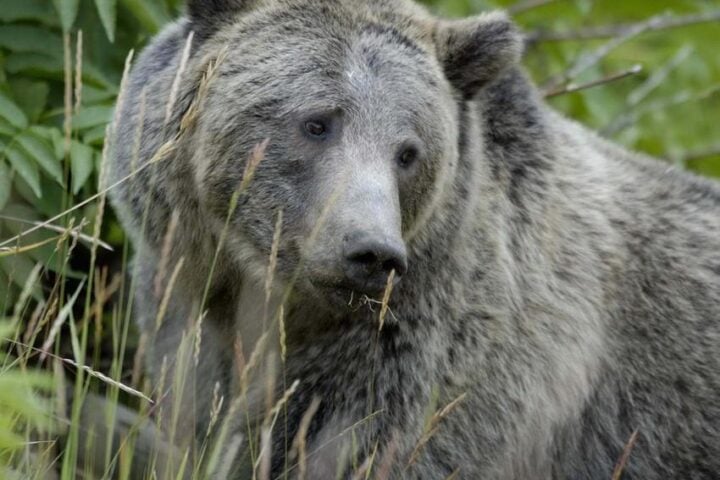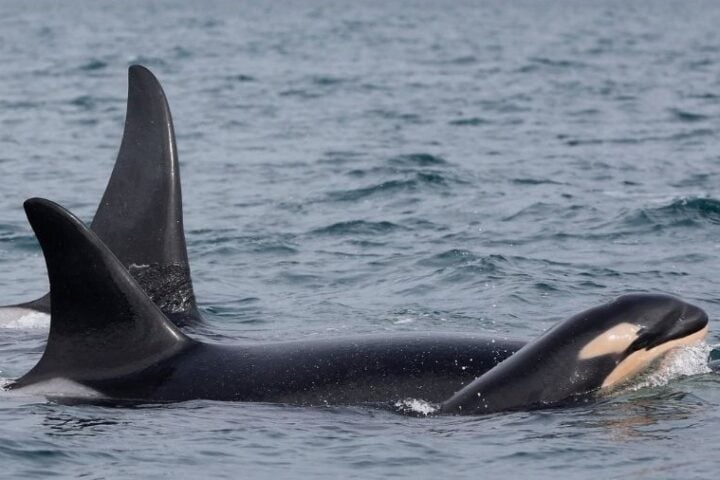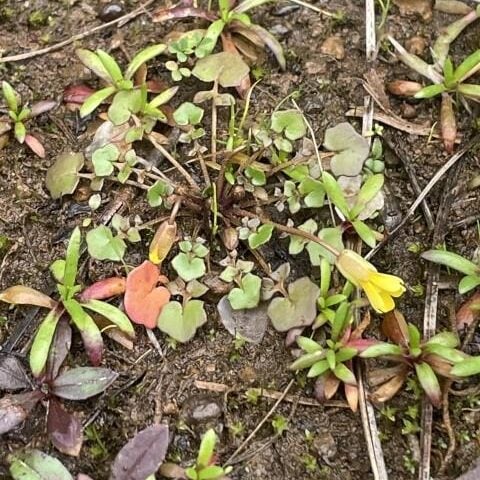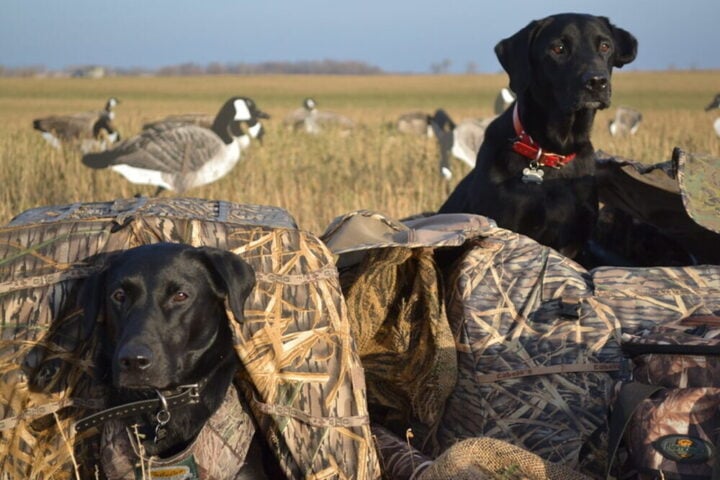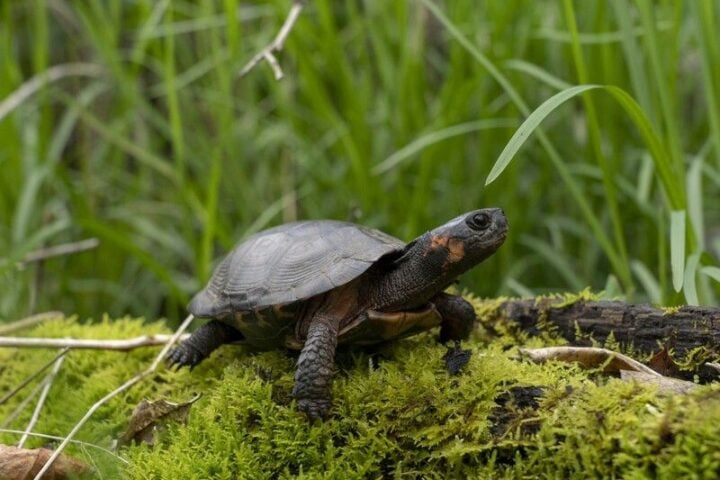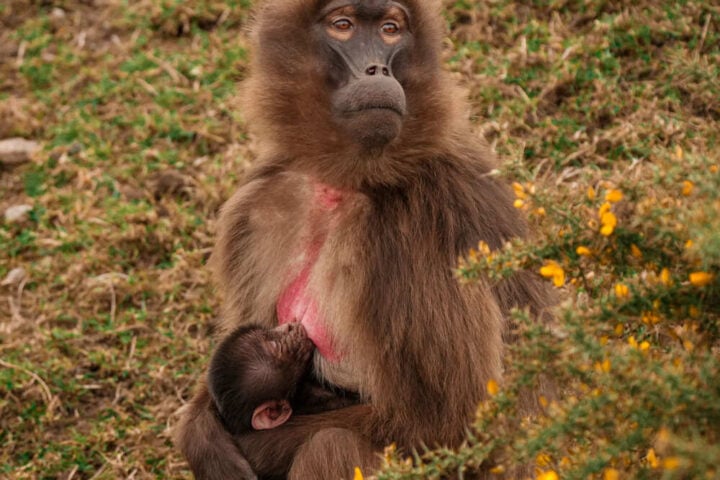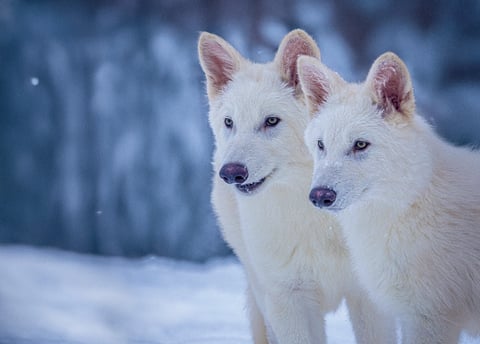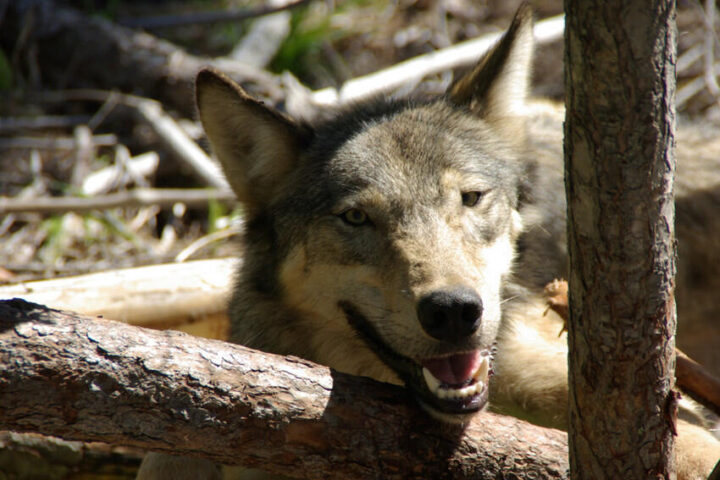The common sparrow (Passer domesticus) has two vital roles in nature: it is perhaps the most widespread bird on the planet. Adaptable and not demanding when it comes to habitat and food, this inhabitant of towns, cities, and villages is both a predator and a seed disperser, depending closely on human activities to survive. When a village is abandoned, common sparrows quickly disappear.
A study highlights the dual role of the common sparrow as both a predator and seed disperser, revealing the importance of reassessing the role of this and many other small granivorous birds in ecosystems. The common sparrow is known for its incredible ability to adapt and thrive in almost any environment, from bustling cities to quiet fields. Whether in the countryside or in urban areas, its generalist and opportunistic diet consists largely of plant-based foods, especially seeds, which has traditionally led to it being labeled as a seed predator.
However, a new study released by the Wildlife Ecology and Management Research Group of the Institute for Game and Wildlife Research (IREC – CSIC, UCLM, JCCM), in collaboration with researchers from the University of Debrecen (Hungary), the Department of Environmental Sciences at the University of Castilla-La Mancha (UCLM), and the National Museum of Natural Sciences (MNCN – CSIC), suggests that it can also be an effective seed disperser. The study, published in the journal *Ecology and Evolution*, reveals that the common sparrow plays a dual role between consuming and dispersing seeds of various plants, affecting species such as the fig tree (*Ficus carica*) and other weedy plants like *Geranium* sp. or *Rumex* sp., which could significantly impact how we perceive this bird and its role in our ecosystems.
By ingesting and defecating seeds, common sparrows can help propagate both beneficial plants and invasive species, influencing local plant communities in ways we are just beginning to understand. Their ability to disperse seeds could make common sparrows valuable allies in conserving biodiversity and maintaining healthy ecosystems. Additionally, other granivorous birds, traditionally also perceived as mere seed predators, might have similar functions in seed dispersal, underscoring the importance of reevaluating their roles in nature.
Similar Posts
To conduct this research, a sample of individual droppings and fecal pools was collected from a communal roost in central Spain to examine the presence of seeds. Viability tests showed that 53.9% of the defecated seeds were viable, although this varied among plant species, including the common fig with its fleshy fruit and five species of dry-fruits herbs. The study highlights: “This dispersal mechanism could be widespread among house sparrows, given their high abundance worldwide and their generalist feeding habits on wild and cultivated plants with fleshy fruited plants.” In this way, the researchers urge further studies to “Understanding the nuanced roles of granivore species like the house sparrow is crucial for developing holistic conservation and management strategies in urban and agricultural landscapes.”
They conclude that “This study challenges our assumptions about house sparrows and other granivorous birds, showing us that they have the potential to be valuable collaborators in seed dispersal. Considering their huge population and adaptability, house sparrows may be influencing biodiversity and ecosystem services in our agricultural and urban environments more than we think.”
This careful analysis sheds light on the dual role of the common sparrow, emphasizing the need to reassess its impact on ecosystems, particularly in the context of urban and agricultural conservation efforts.

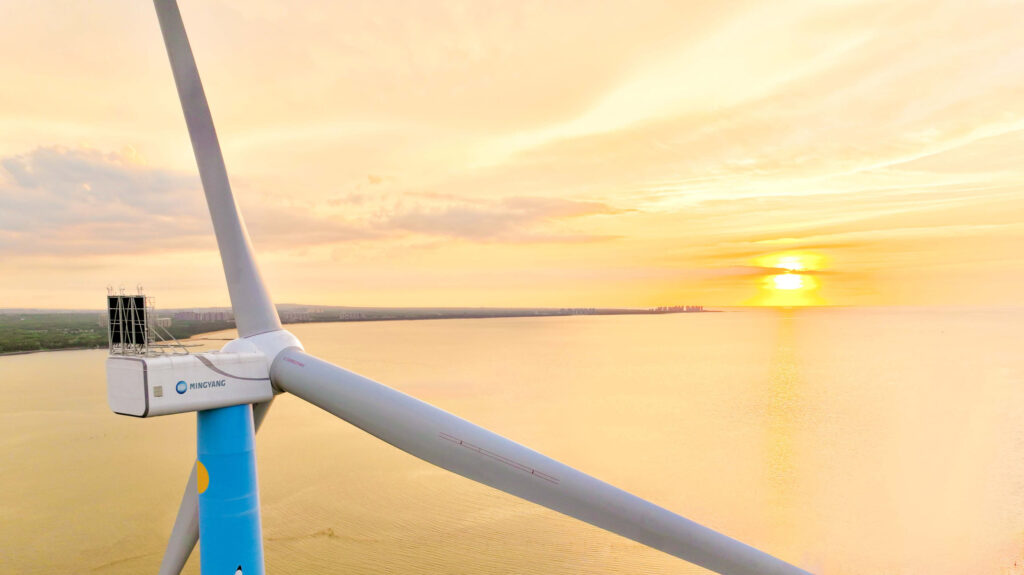





![Representative Image: European Starling [49/366]. Photo Source: Tim Sackton (CC BY-SA 2.0)](https://www.karmactive.com/wp-content/uploads/2025/04/Starlings-Drop-82-in-UK-Gardens-as-Birdwatch-2025-Reveals-Record-Low-Count-Since-1979-720x480.jpg)
